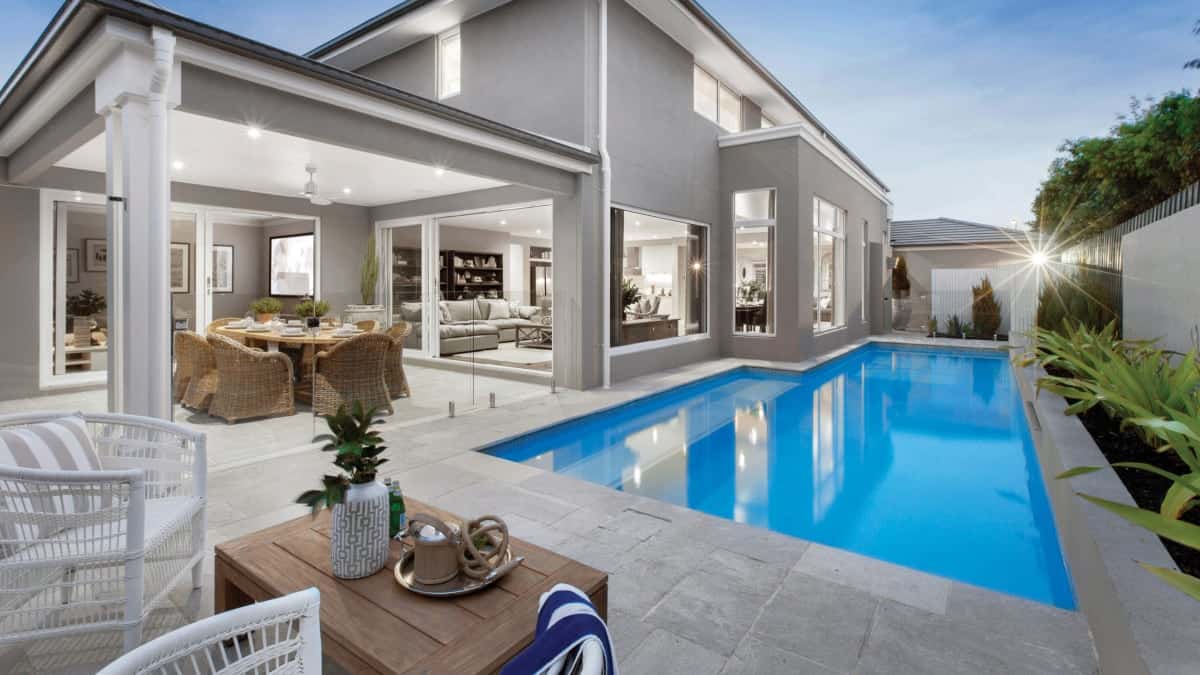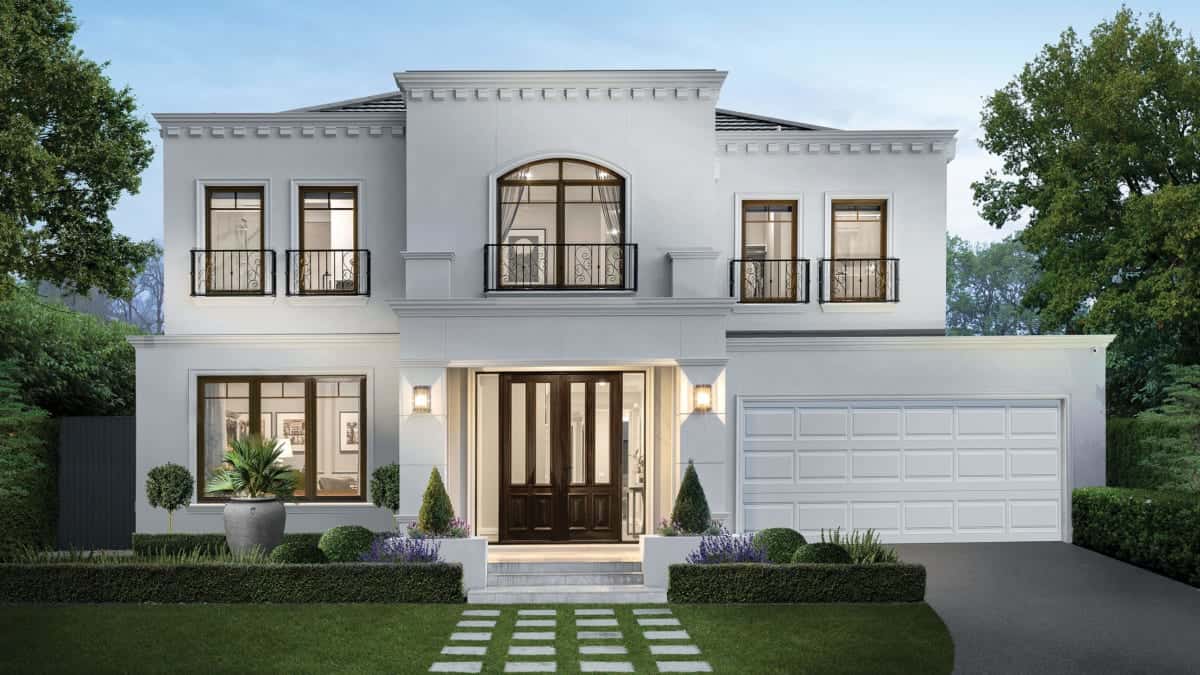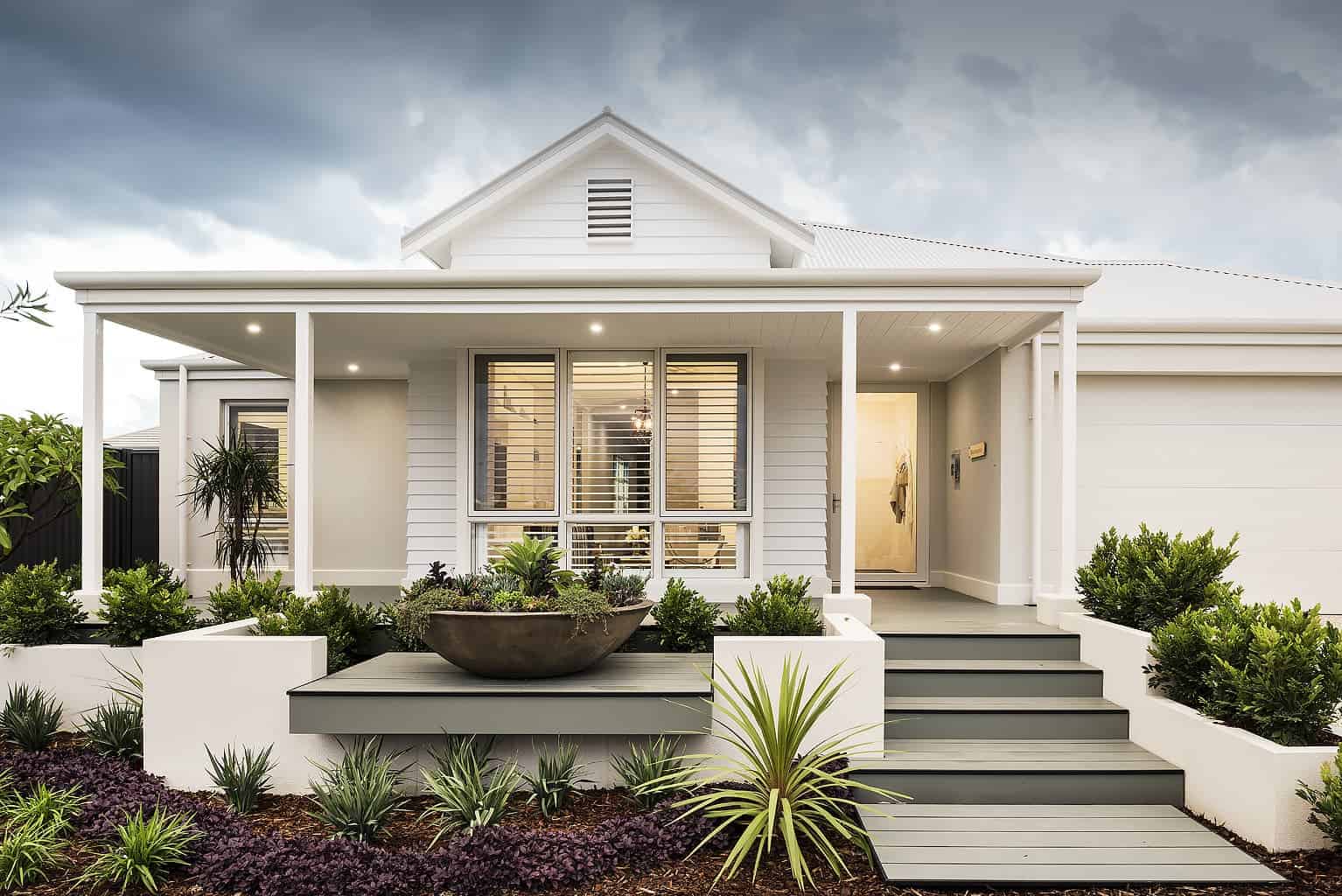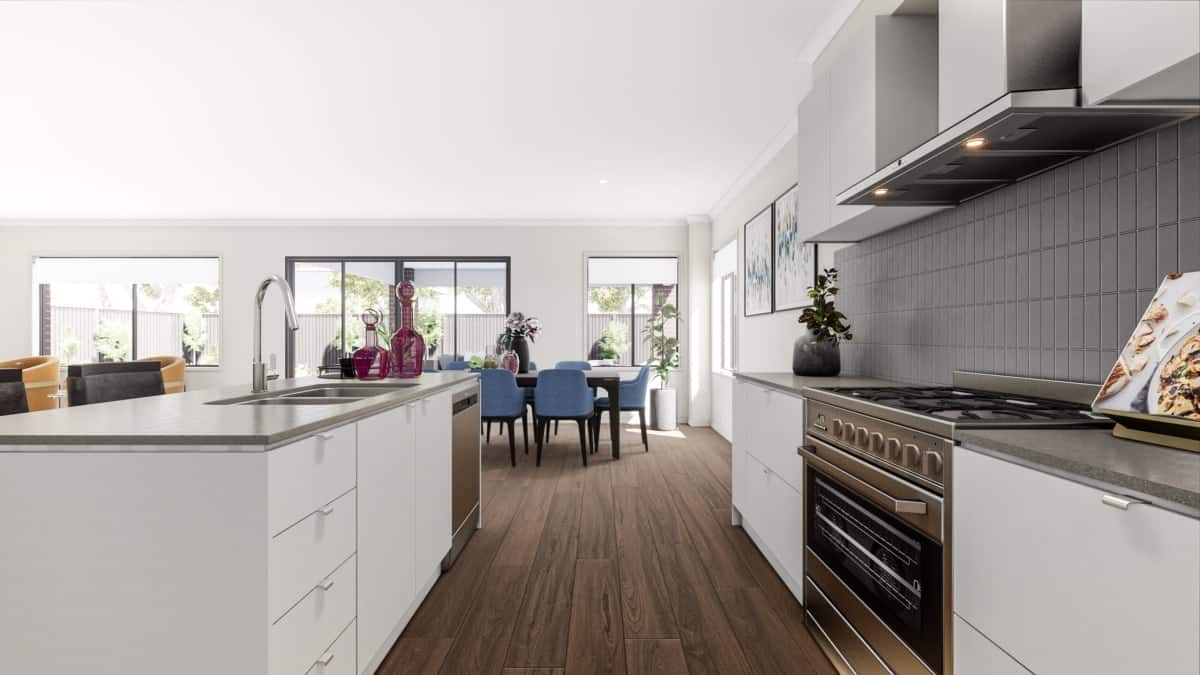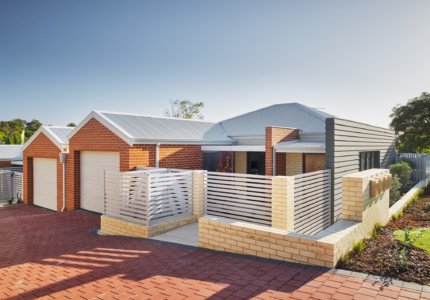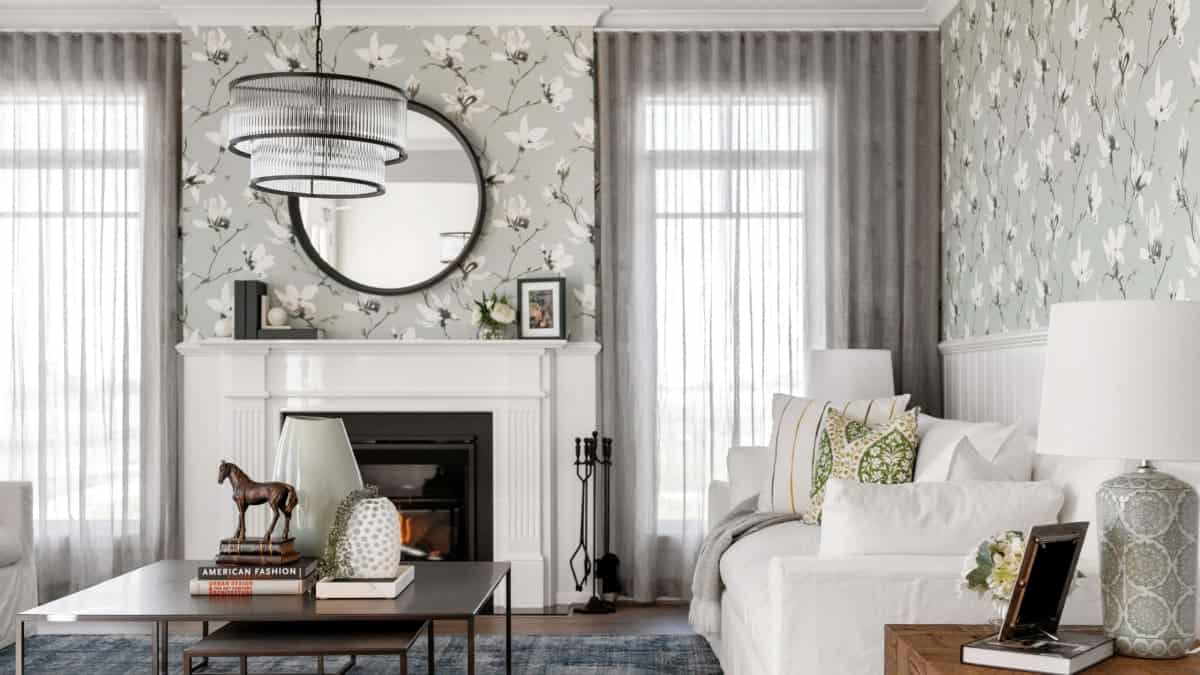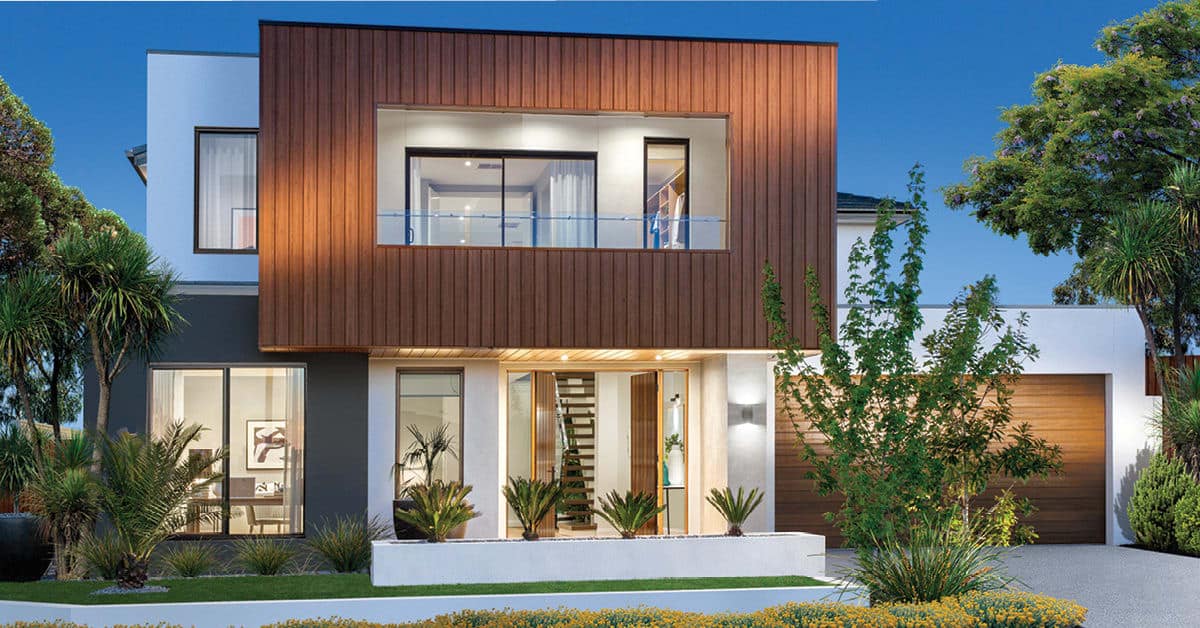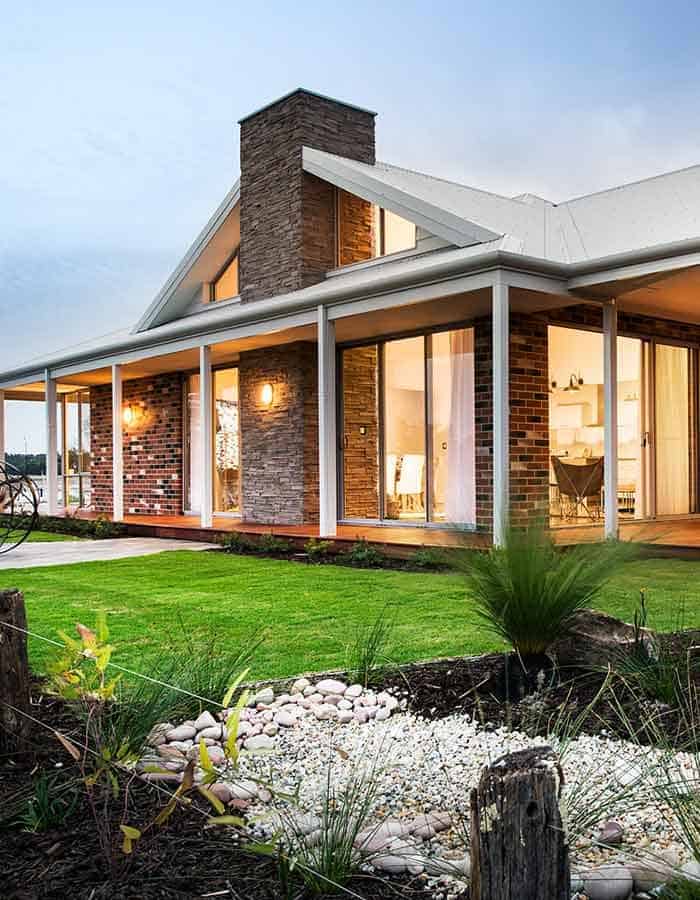Incorporating Solar Design in Your Home
Drop a Line if you have a Question!
Incorporating Solar Design
Are you ready to save money on your energy bills and reduce your carbon footprint? In this article, we’ll show you how to incorporate solar design in your home.
You’ll learn how to understand solar energy systems, evaluate your home’s solar potential, choose the right solar panels, and maximize energy efficiency. We’ll also cover the financial considerations of solar integration.
By the end, you’ll be well-equipped to harness the power of the sun and transform your home into an energy-efficient oasis.
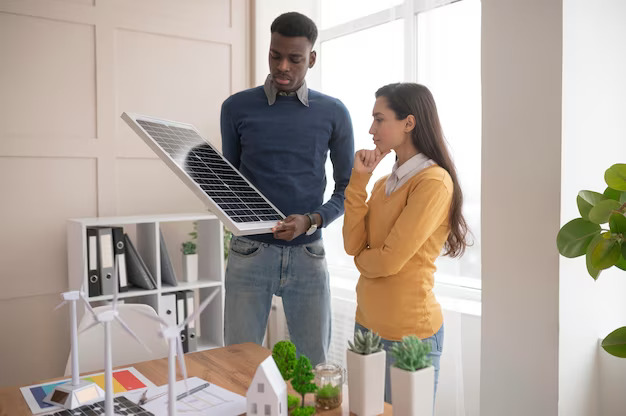
Understanding Solar Energy Systems
Understanding solar energy systems can significantly reduce your monthly energy bills. By harnessing the power of the sun, you can generate your own electricity and become more self-sufficient.
Solar energy systems consist of solar panels, which capture sunlight and convert it into usable electricity. These panels are typically installed on the roof of your home, where they can receive maximum sunlight exposure.
The electricity generated by the solar panels can be used to power your appliances, lighting, and heating systems. Any excess electricity can be stored in batteries or fed back into the grid, earning you credits on your energy bill.
With a solar energy system, you can decrease your reliance on traditional energy sources and contribute to a cleaner, more sustainable future.
Evaluating Your Home's Solar Potential
Assessing whether or not you can harness solar energy depends on the potential of your residence. The amount of sunlight your home receives and its orientation to the sun are crucial factors. Look for areas with unobstructed access to the sun, such as rooftops, open spaces, or even walls. Consider the shade cast by trees, neighboring buildings, or any other structures that could block sunlight.
A solar site assessment can help determine the feasibility of solar energy for your home. Additionally, evaluate your energy consumption and needs to determine the appropriate size of the solar system. Consulting with a professional can provide valuable insights and help you make an informed decision.
With the right conditions, solar energy can be a viable and sustainable option for powering your home.
Choosing the Right Solar Panels for Your Home
When choosing the right solar panels for your residence, it’s important to consider factors such as efficiency, durability, and warranty coverage.
You want solar panels that will efficiently convert sunlight into electricity, so look for panels with a high efficiency rating. These panels will produce more electricity for your home, maximizing your energy savings.
Durability is also crucial, as you want panels that can withstand various weather conditions and last for many years. Look for panels made from high-quality materials that are built to withstand harsh elements.
Additionally, check the warranty coverage offered by the manufacturer. A good warranty will provide peace of mind and protect your investment.
Maximizing Energy Efficiency With Solar Design
To maximize energy efficiency, you can start by installing solar panels strategically and making sure they receive ample sunlight throughout the day. By positioning the panels in a location that is free from obstructions such as trees or tall buildings, you can ensure that they capture the maximum amount of sunlight.
It is also important to consider the angle at which the panels are installed. By tilting them towards the sun, you can optimize their performance and generate more electricity.
Additionally, regular maintenance and cleaning of the panels is crucial to ensure they are operating at their peak efficiency. Removing dirt, debris, and snow from the panels will help maximize their ability to convert sunlight into electricity.
With these simple steps, you can make the most of your solar panels and enjoy greater energy efficiency in your home.
Financial Considerations for Solar Integration
One important aspect to consider when integrating solar panels is the cost of installation and maintenance. Solar panels can be a significant investment, but they offer long-term savings on energy bills.
The initial installation cost includes purchasing the panels, inverters, and other necessary equipment. Additionally, you may need to hire professionals for the installation process, which can add to the overall expenses.
However, once the solar panels are installed, the maintenance costs are relatively low. Regular cleaning and occasional inspections are recommended to ensure optimal performance.
It’s important to factor in these costs when considering solar integration and to weigh them against the potential savings on your energy bills. By doing so, you can make an informed decision about whether solar integration is financially viable for you.
Conclusion
In conclusion, incorporating solar design in your home can provide numerous benefits. By understanding solar energy systems and evaluating your home’s solar potential, you can make informed decisions about choosing the right solar panels. Maximizing energy efficiency through solar design can help reduce your carbon footprint and lower energy costs.
While there may be financial considerations, the long-term savings and environmental impact make solar integration a worthwhile investment for your home. So go ahead and take the leap towards a more sustainable future with solar design!

Have a question?
Become a



